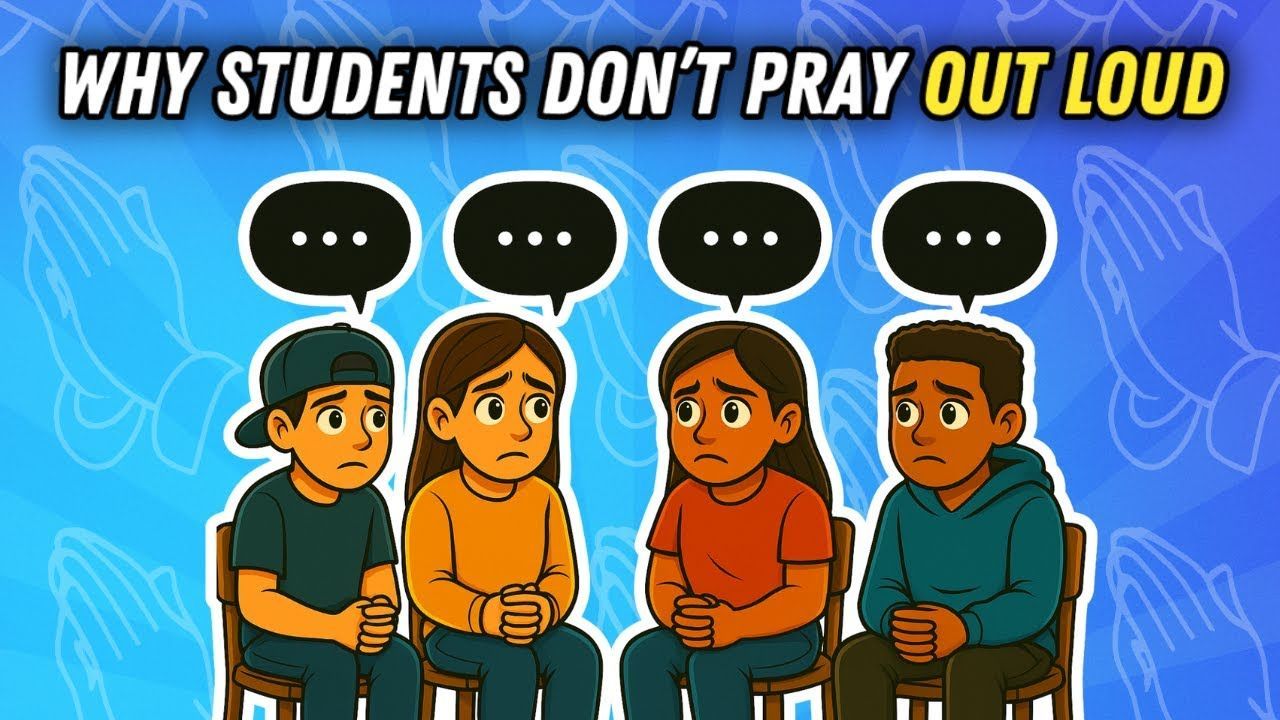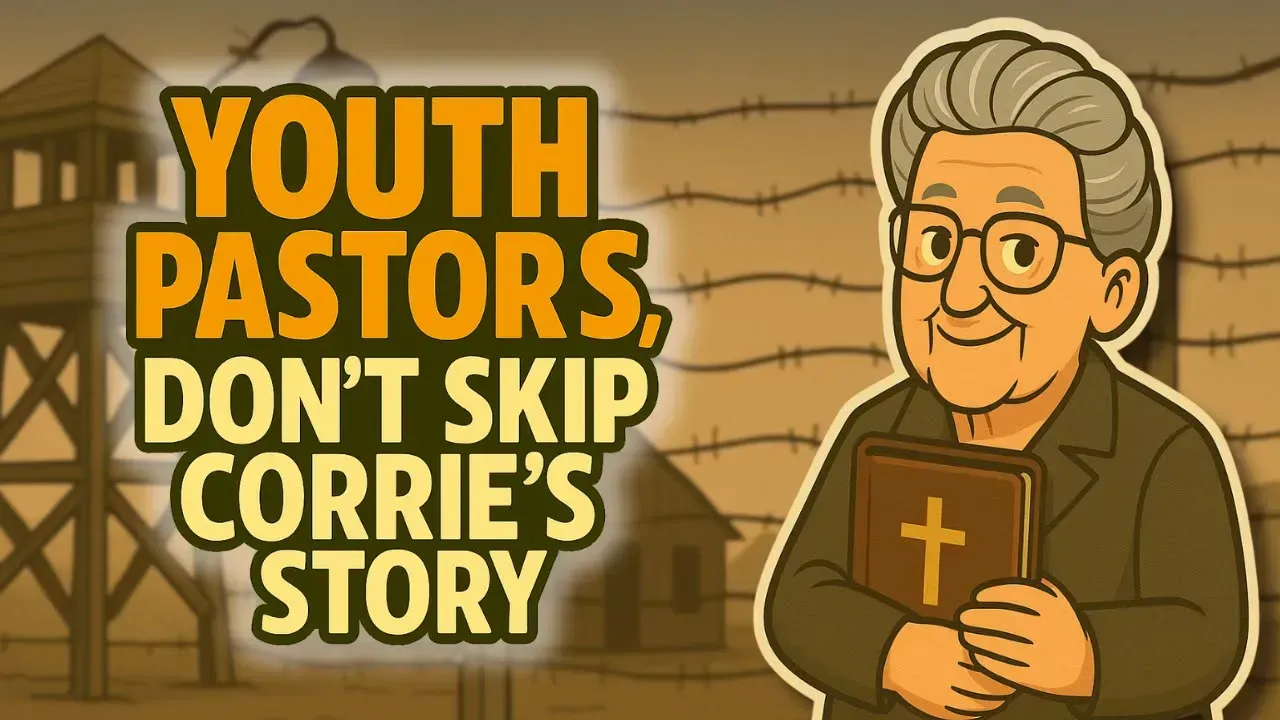Why EVERY Youth Pastor NEEDS TO KNOW About Charles Spurgeon
Charles Spurgeon for Teens: How a 15-Year-Old’s “Wrong Turn” Changed the World
Catch the podcast
here!
What if the most influential pastor of the 19th century started as a restless teenager who ducked into the wrong church on a snowy morning? That was Charles Haddon Spurgeon. His story isn’t just church history—it’s a discipleship blueprint for students and the leaders who love them.
A Snowstorm, a Small Chapel, a Simple Verse
January 1850. Fifteen-year-old Spurgeon, weighed down by guilt he couldn’t shake, slips into a tiny Primitive Methodist chapel because the roads are too icy to reach his usual church. The minister can’t make it, so a layman stands up, opens Isaiah 45:22—“Look unto me, and be saved”—and just… repeats it. Then he looks straight at the young visitor: “Young man, you look very miserable.” Spurgeon later wrote, “The cloud was gone… I saw the sun.” That day, the teenager who walked in frozen by despair walked out transformed by grace.
From Teen Volunteer to 17-Year-Old Pastor
Spurgeon soon joined a lay preaching ministry. On the way to what he thought was someone else’s first sermon, he learned it was his. The church loved him and asked him back. By 17, they called him as pastor—but couldn’t pay him. Instead, 56 families took turns housing him, one week at a time. Living among his people, the congregation grew from a few dozen to 400+ in months.
London, Crowds, and Costly Compassion
At 19, Spurgeon accepted a trial at New Park Street Church in London. Within months (1854), attendance leapt from ~200 to 1,000+. Then crisis hit: the 1853–54 cholera outbreak. At age 20, Spurgeon visited the sick daily and conducted funerals—sometimes one a day—long before anyone knew contaminated water spread the disease. His preaching drew crowds; his shepherding proved his character.
Tragedy struck again in 1856 at Surrey Gardens Music Hall when malicious shouts of “Fire!” sparked panic. Seven died; dozens were injured. Spurgeon collapsed in grief and spiraled into depression, a struggle that shadowed his life. Still, he returned to the pulpit with deeper urgency and tenderness.
Not Just a Preacher: A Builder of Gospel Ecosystems
Spurgeon preached 7–10 times a week and produced a torrent of written work, but his ministry stretched far beyond Sundays:
- Metropolitan Tabernacle (1861): A 6,500-seat home base, funded in part by Spurgeon preaching abroad and donating offerings to the building fund.
- Almshouses for Widows (1864): Church-supported housing beside the Tabernacle.
- Stockwell Orphanage (1867 for boys; girls added 1879): Not a workhouse—education and care for ~500 children at its height, supported by offerings and Spurgeon’s book royalties.
- Pastors’ College: Began by personally sponsoring one student; grew to train ~900 pastors. By 1891, 1 in 5 Baptist pastors in England were alumni.
- Church Planting: Between 1865–1887, over half of new Baptist churches in England were founded by Spurgeon and his students.
- Weekly Sermon Publications: Transcribed Sunday sermons were edited Tuesday and sold Thursday for a penny—reaching 25,000 readers weekly and translated into 40+ languages.
- The Sword and the Trowel (from 1865): A monthly magazine to build and defend the church—part platform, part pipeline for younger leaders.
- Susannah Spurgeon’s Book Fund (1875): While largely homebound after surgery, Susannah shipped 200,000+ theological books free to under-resourced pastors worldwide—often with handwritten encouragements.
Real Fruit, Real People
Over 38 years at New Park Street/Metropolitan Tabernacle, 14,460 were baptized into membership; by Spurgeon’s estimate, nearly every seat in the building was the site of someone’s conversion at some point. His twin sons followed him into ministry, and those who knew him privately (like at the orphanage bedside of a dying boy) testified that his tenderness one-on-one rivaled his power before 6,500.
What Teens (and Their Leaders) Can Imitate
- Start with Scripture’s simplicity. “Look to Jesus” was enough to rescue a despairing 15-year-old—and it still is.
- Live among your people. Spurgeon’s rotating hosts formed him and fueled explosive growth. Proximity breeds trust.
- Serve in suffering. Cholera wards, funerals, and public criticism shaped a deeper pastor. Hard seasons can forge—not just fracture—faith.
- Build ecosystems, not egos. Orphan care, widow housing, leader training, publishing—he multiplied ministries and people, not just audiences.
- Create and give it away. Sermons for a penny, book funds for free. Generosity scales influence.
- Tell the truth, even when it costs you. From calling out theological drift to denouncing slavery (which sparked book burnings in the American South), conviction anchored his compassion.
- Pace with wisdom. Spurgeon admitted he overworked and battled depression. Let his sacrifice inspire—but let his pain warn.
A Word to Youth Leaders
History makers aren’t born on stages; they’re shaped in small rooms—yours included. Ask direct questions. Offer direct invitations. Keep pointing students to Jesus with clear Scripture and real presence.
If you’re looking for a place to sharpen your craft and be encouraged, we host a free online community—Youth Ministry Mastermind—with resources, live trainings, and like-minded leaders from around the world. It takes about 30 seconds to join (link in the description). When you join, Ryne will reach out to hear what God’s doing in your context and be a sounding board for next steps.
Spurgeon’s life says it all: look to Jesus, love people up close, and build what will outlast you. That’s how God turns a teenager’s “wrong turn” into a movement.











